Breed Portrait Greyhound: An in-depth look at history, anatomy and family life
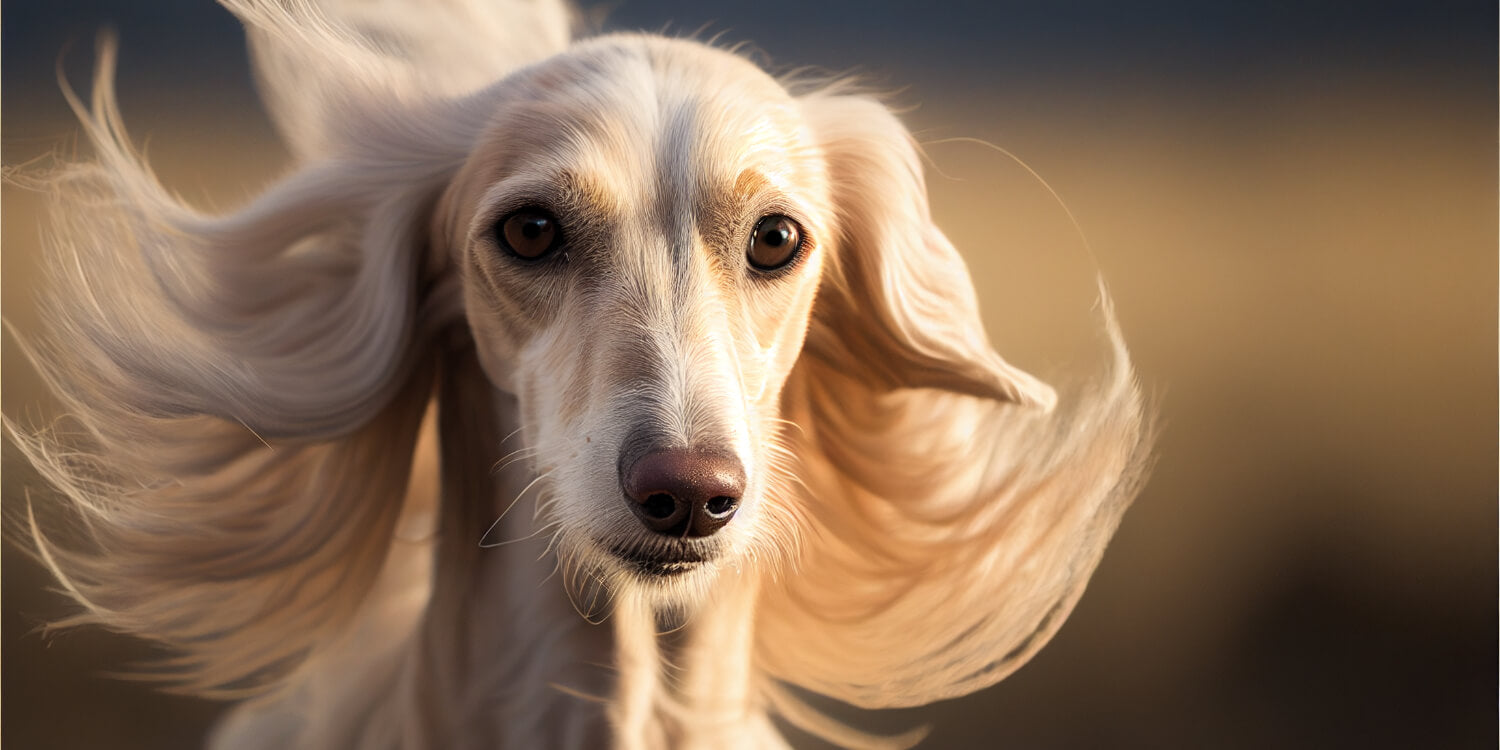
The beauty of the greyhound is almost indescribable for poets, its grace almost impossible for artists to portray, and its speed unattainable for athletes. For centuries, these elegant animals have been bred and revered not only for their impressive racing abilities, but also for their angelic souls. Their history stretches back to ancient times, where they were considered noble companions for kings and noblemen. Archaeologists even believe that the greyhound is the oldest type of dog ever bred by humanity. Be enchanted by the fascinating world of galgos, greyhounds, salukis, whippets, podencos, and other sighthound breeds that have captured people's hearts for millennia.
Worship of greyhounds by advanced civilizations and kings: A historical perspective

Greyhounds have a rich history as companions, deities, and tools of humanity. They were used in ancient times by the Egyptians, Persians, and Romans to hunt game and were immediately viewed as god-like creatures. Their speed and endurance made them indispensable hunters and amazing creatures. For this reason, they were highly valuable and indispensable to their masters. In ancient cultures, greyhounds were worshipped as gods and heroes and were also considered prestige objects for kings, the rich, and the powerful. The Egyptians, for example, even built special burial chambers for their beloved greyhounds. During the Middle Ages and Renaissance, greyhounds became increasingly important as symbols of wealth and nobility. They were often depicted in portraits and paintings of noblemen and high-ranking figures. During this period, various breeds of greyhounds known today were bred, each adapted to the specific requirements of hunting.
Today, greyhounds are primarily popular as family dogs. Although they are no longer used for hunting in most modern cultures, they have not lost their historical value as loyal and sporting companions. Their history and role in the past have contributed to their being viewed as fascinating and cultured animals.
Anatomy for Peak Performance: The Key to Optimal Mobility and Strength

Greyhounds, also known as scent hounds, are particularly adapted to the demands of high speed and endurance due to their anatomy and physiology. Some can reach top speeds of up to 72 km/h.
An important aspect here is the proportions of their limbs to their bodies. They have long legs and a long torso compared to other dog breeds, which allows them to run at impressive speeds. Their muscles are also very well developed and dense, giving them great strength and endurance for fast movements. Crucial here is their spine, which is flexible enough to allow for quick turns and subtle maneuvers.
Another significant feature of greyhounds' anatomy is their cardiovascular system. They have a very rapid heartbeat, which can reach up to 240 beats per minute, whereas a human would suffer circulatory collapse at this rate. Their large lung capacity and high respiratory rate allow for increased oxygen uptake while running. In addition, their astonishingly high red blood cell density ensures that their blood can transport a large amount of oxygen to enable these peak performances.
The anatomical peculiarities of greyhounds can be challenging for some veterinarians and occasionally lead to incorrect diagnoses. To ensure your greyhound receives the best possible care, you should ask your veterinarian directly in advance if they have experience with this breed or, if necessary, consult a veterinarian who is familiar with greyhounds.
The social perception of greyhounds: myths and facts

Greyhounds are primarily known as racing dogs. Although they are no longer widely used for hunting in modern societies, they have retained their historical reputation as loyal and sporting companions. Their history and role in the past have contributed to their being viewed as fascinating and sophisticated animals.
Greyhounds generally enjoy a high reputation in today's society. They are often considered elegant and beautiful animals and are kept as loyal companions and family dogs.
Greyhounds are also very suitable as therapy dogs due to their calm and patient nature and high level of intelligence. They have a calming effect on people and can help reduce anxiety and stress. They can also help boost people's self-esteem and help them develop social connections. Greyhounds are often used in facilities where people with mental illness, dementia, or autism live to help alleviate their symptoms and improve their quality of life.
They are also used in schools, kindergartens, hospices, and rehabilitation facilities to help children and adults develop their social skills, learn how to interact with animals, and help them cope with trauma. There are also special training courses for greyhounds to use as therapy dogs. Feel free to visit Fynn & Chiara 's Instagram profile. There you'll get daily exclusive insights into Fynn's therapy dog training.
On the other hand, there is also a stereotype about greyhounds, which fortunately is diminishing. Greyhounds are sometimes ridiculed because they are often viewed as "luxury dogs" or "status symbols," thus making their owners seem superficial, ostentatious, and wealthy. Likewise, some people find their physique, with its long, muscular legs and unparalleled torso, strange and unappealing. In my opinion, a dog is not a "status symbol," but a fully-fledged and lovable family member. Likewise, every dog is beautiful in its own way, and beauty is often invisible to the naked eye. Fortunately, this stereotypical thinking is gradually diminishing. It's nicer to receive curious glances and interested questions than the other way around.
In terms of family, greyhounds are often considered easy to care for and well-suited for beginners and families. There are exceptions, however, where it's advisable to bring plenty of experience and a high level of empathy, as we'll see below. Although they love plenty of exercise and space, they are generally calm and devoted animals that don't require much effort. They are also very adaptable and can live in both urban and rural environments. Their intelligence also makes them easy to train, making them a good choice for families with children and beginners.
Doomed to Death: The Tragic Reality of Spanish Greyhounds

Unfortunately, in some parts of the world, greyhounds are treated brutally to make them run faster. This torture can take various forms, including drug use, abuse, and neglect. Some greyhounds are even cruelly disposed of after their racing careers rather than being placed with loving families. This can lead not only to physical injuries but also to illness and emotional problems.
Unfortunately, Spain has a long history of abuse and severe treatment of greyhounds. These animals are often kept in cramped cages and lack the necessary exercise or medical care. They are often drugged and tortured to make them run faster. After their racing careers, many of these dogs are simply abandoned on busy roads or even cruelly killed.
I unfortunately experienced the sad reality of greyhound abuse firsthand. To gain deeper insight into the issue and be able to actively contribute, I volunteered at a greyhound rescue center in Seville, Spain. The sad and loyal eyes of the dogs gave me the motivation I needed every day to always give 100% and do my best to help them.
Fortunately, there are many dedicated organizations and individuals in Spain working to ensure the humane treatment and protection of greyhounds. These brave people are working to establish contact with galgueros (Spanish hunters who hunt with galgos) to raise awareness and convince them not to neglect or discard the dogs after hunting, but to bring them to rescue centers where they can receive appropriate care and find new homes.
For me, it was an emotionally difficult challenge to suppress my disgust at these practices and insensitivity so as not to hinder the organization's important work. The organization's leaders have managed to get some galgueros to deliver their animals to rescue centers after work instead of killing them. I admire the organizations that take on this emotional battle every day and demonstrate such resilience.
It's vitally important that we care for these wonderful animals and ensure they end up in loving and responsible homes. There are many organizations and rescue groups dedicated to the protection, education, and welfare of greyhounds, and to helping them find good homes.


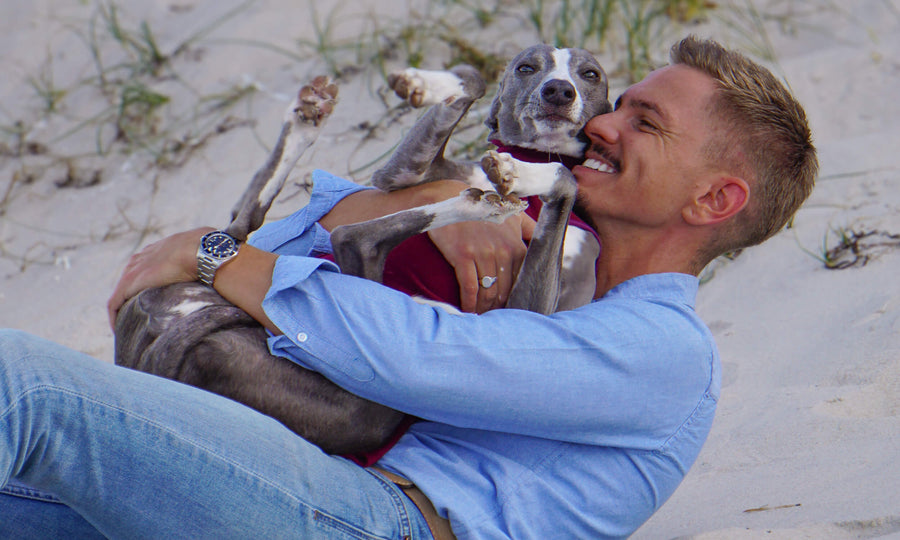





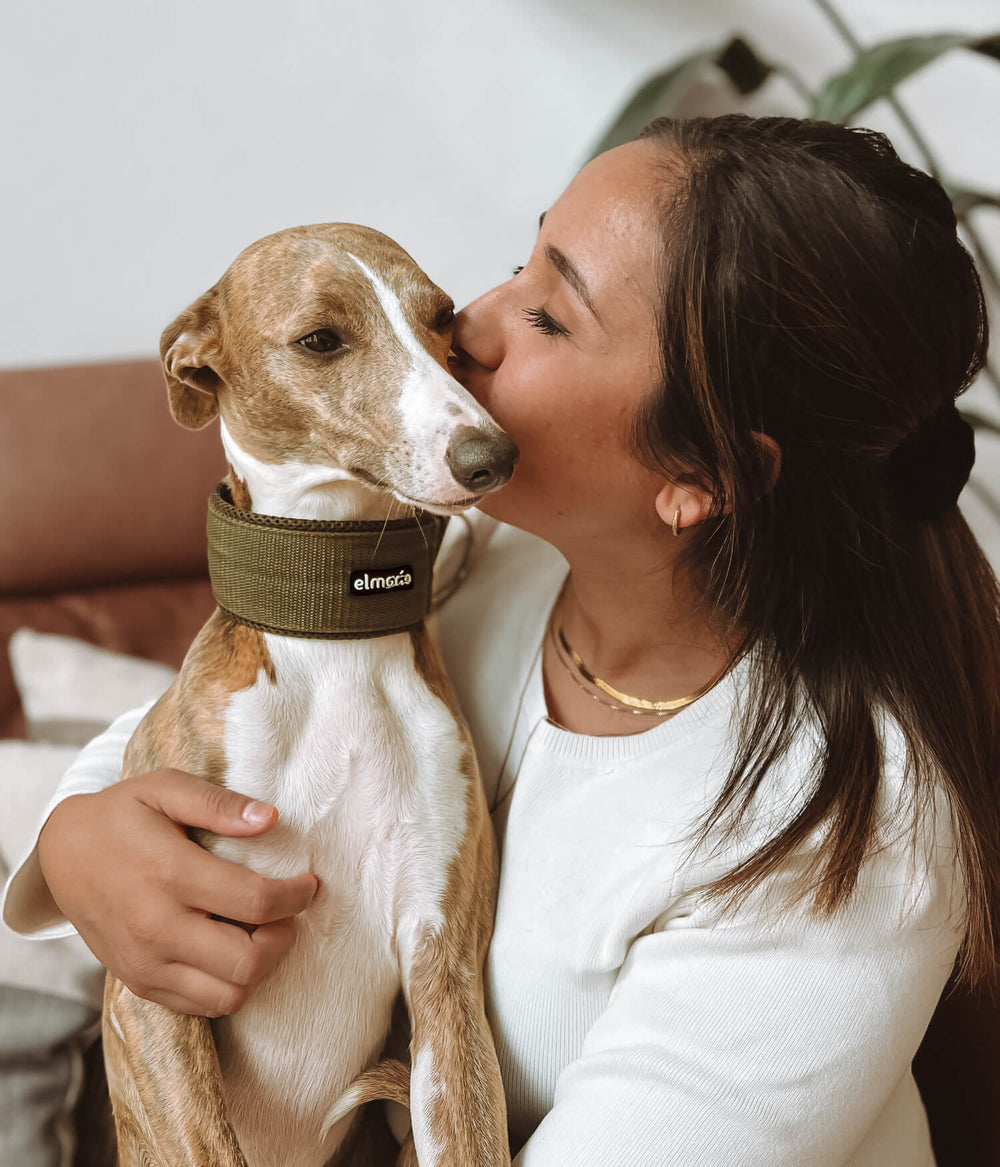
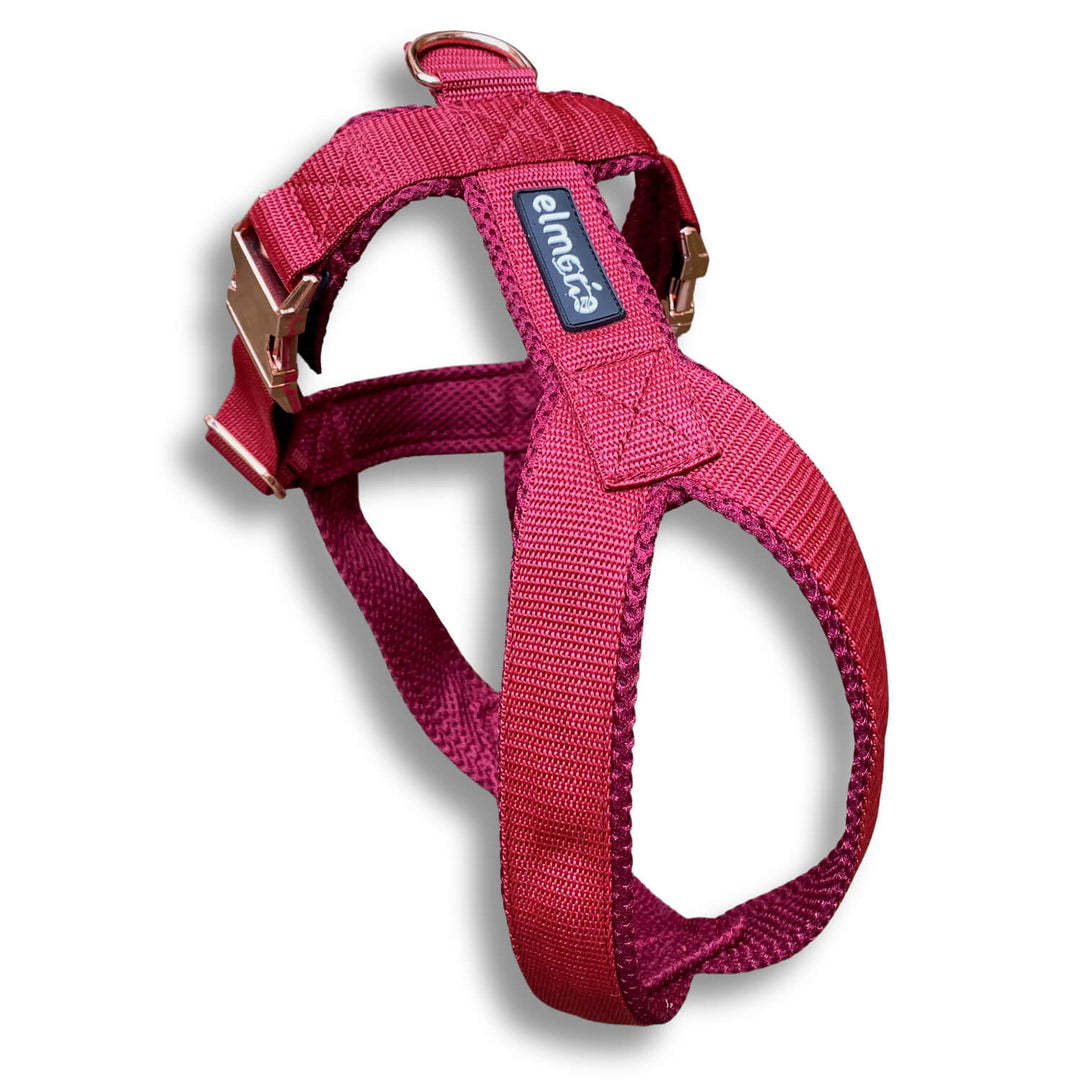

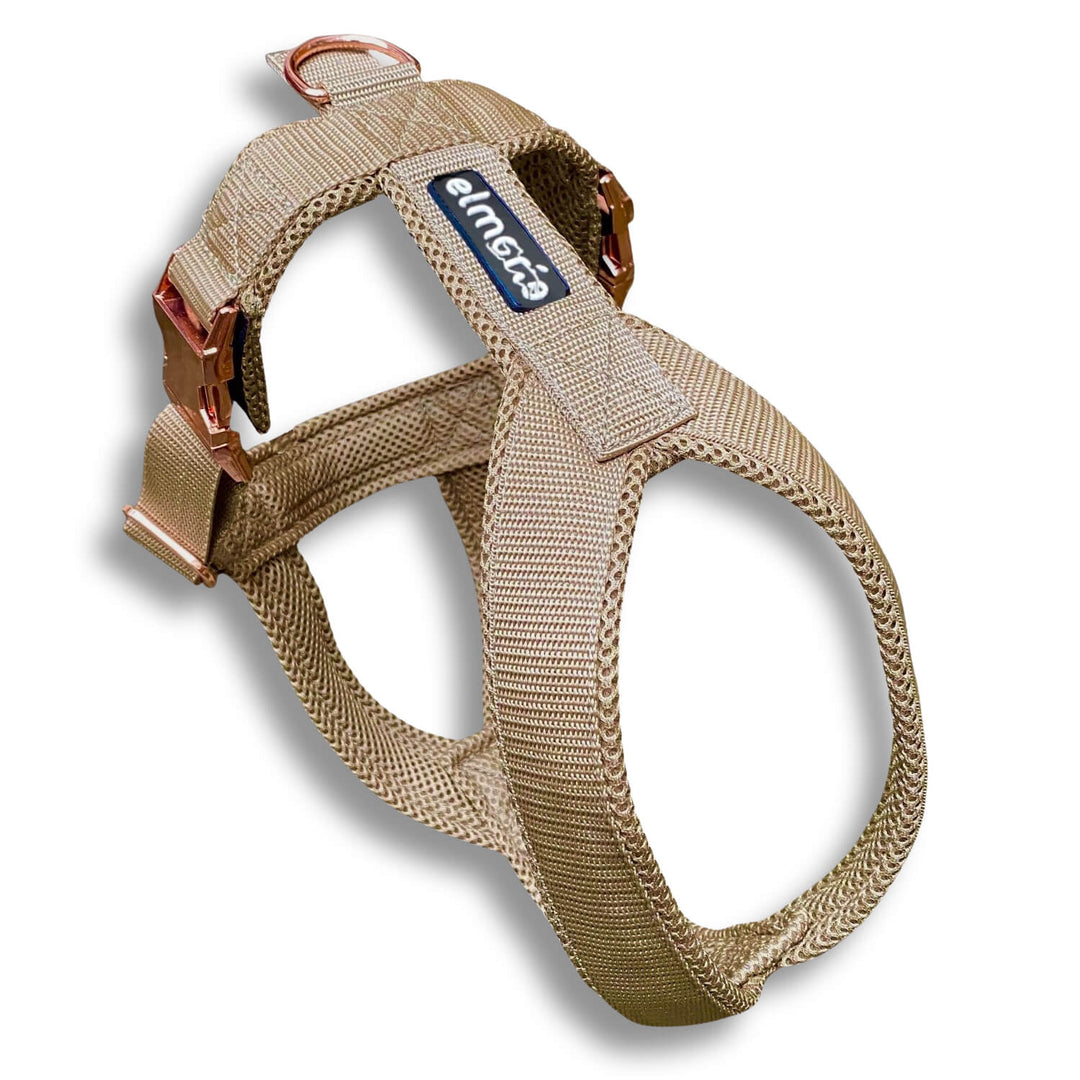
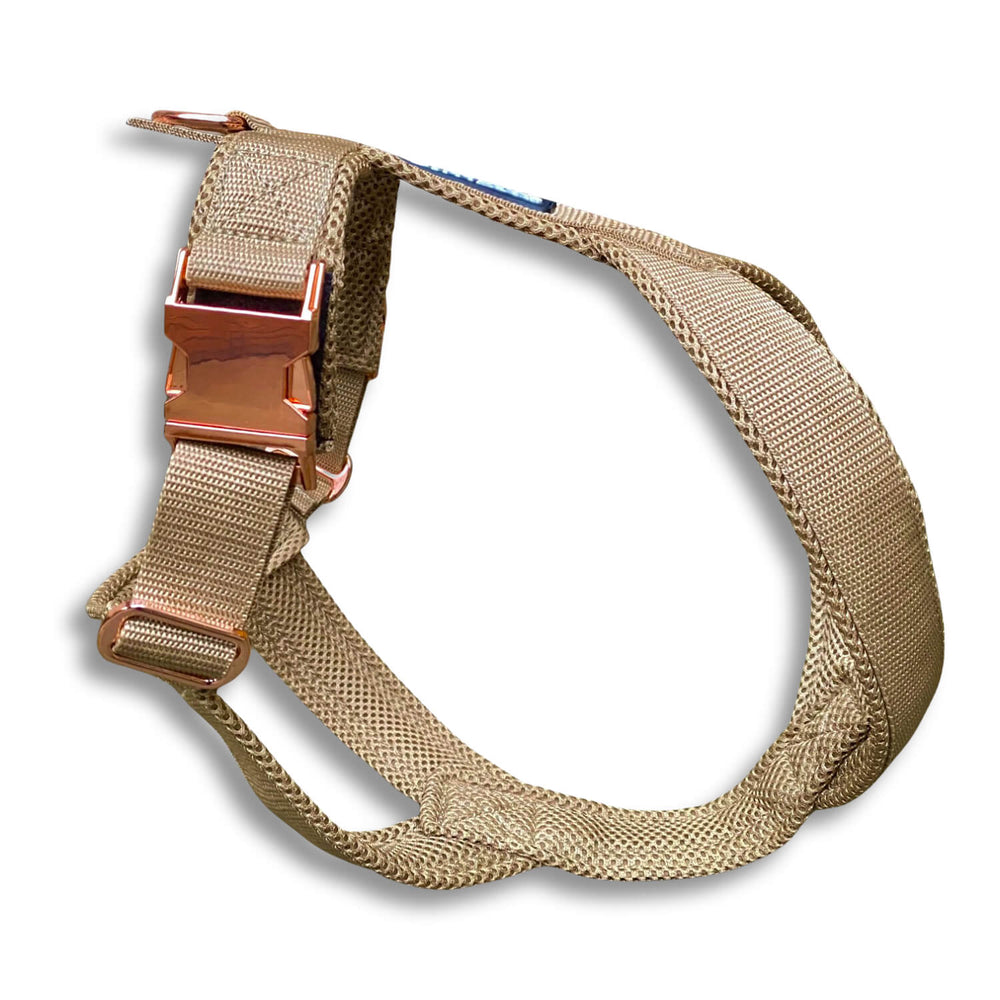
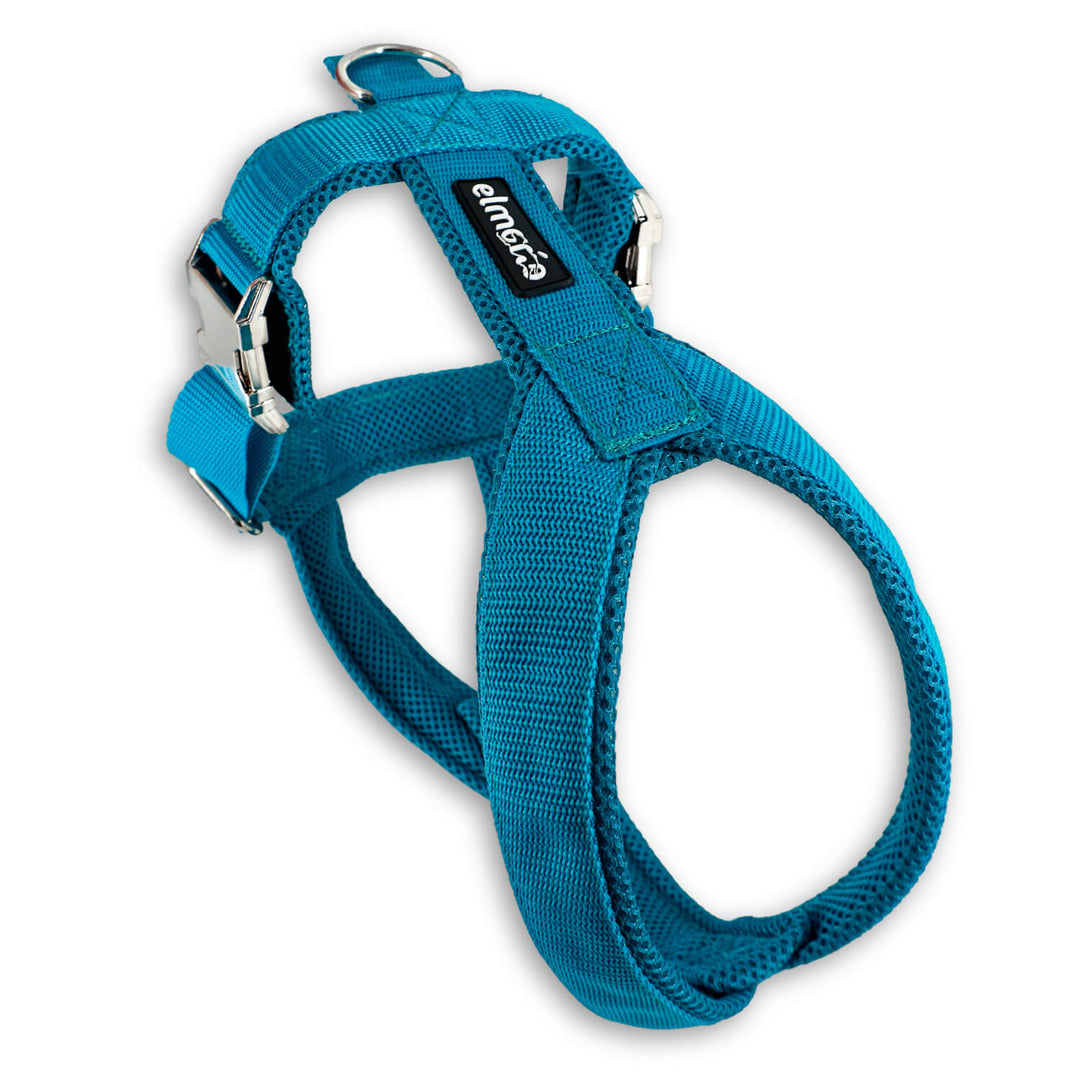
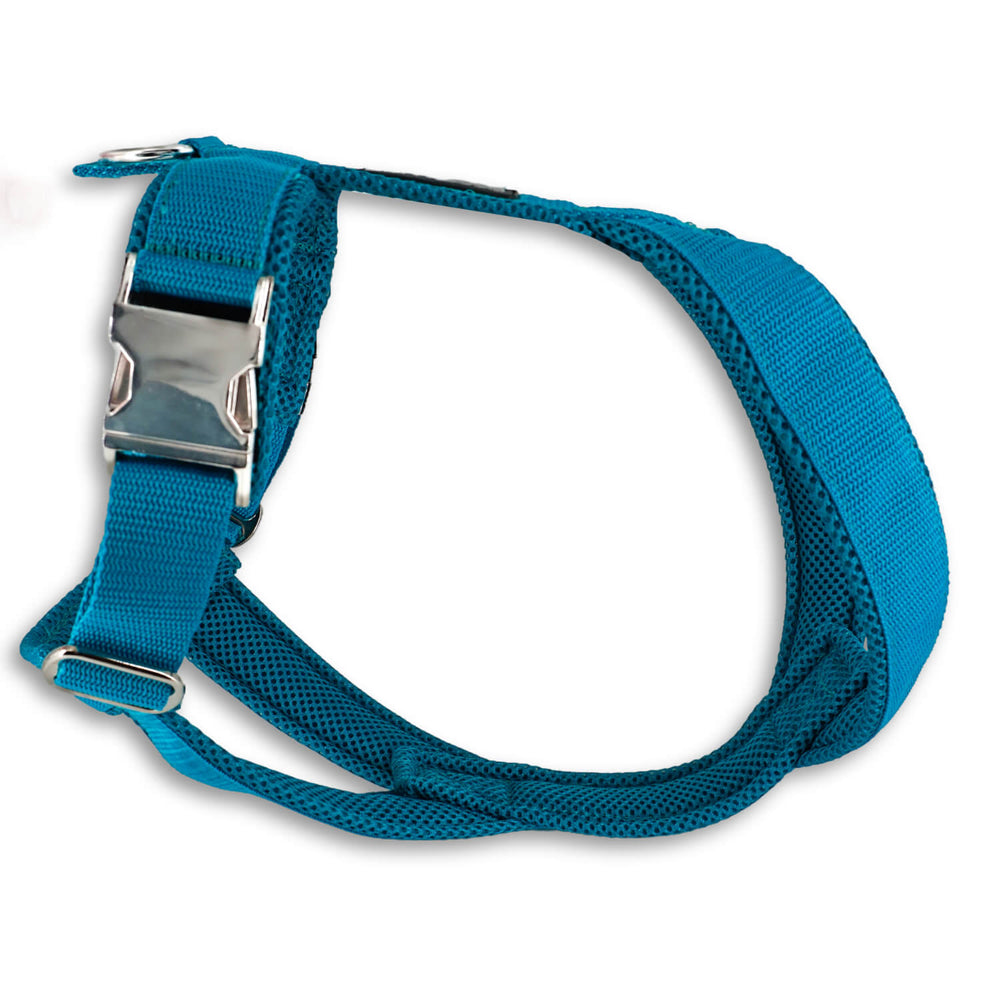


Wunderschöne Gedanken… ich musste meine Galga Dina am 20. Dezember erlösen und bin unendlich traurig… ich freu mich auf eine neue treue Begleiterin🙏
Wunderschön geschrieben… besser kann man diese wundervollen Hunde nicht beschreiben…
Leave a comment